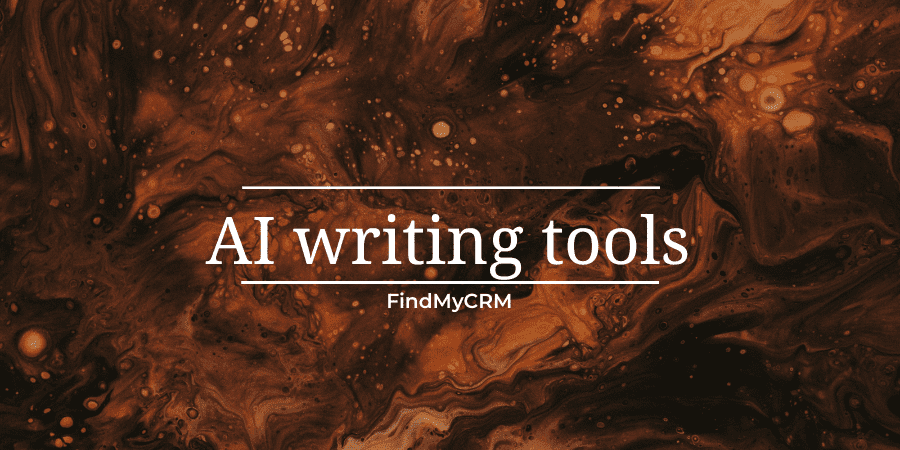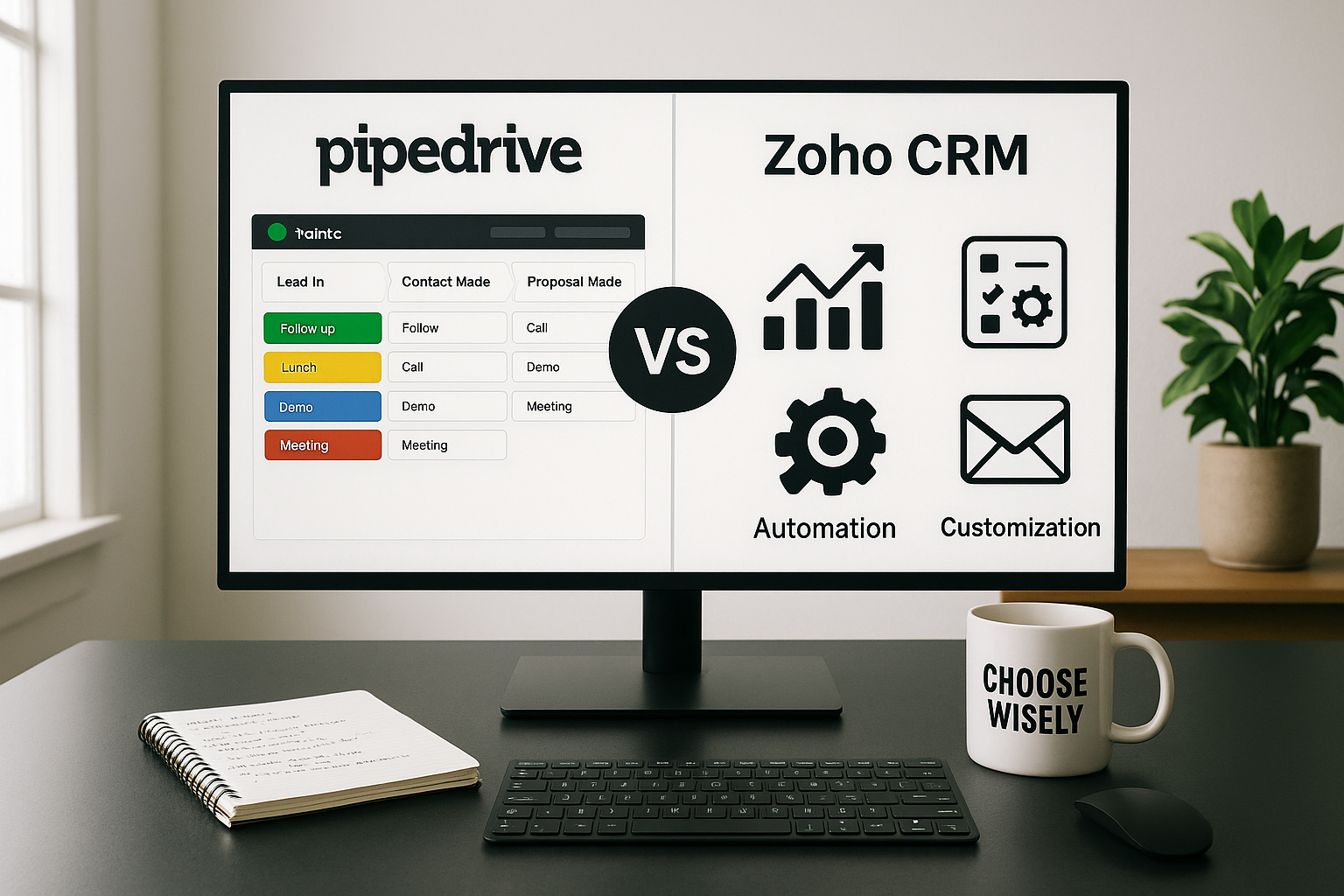What is Artificial Intelligence?
The captivating realm of Artificial Intelligence (AI) delves into computer science, wherein researchers leverage human intellect to teach machines to perform tasks that typically require human intelligence. AI tasks may include anything from speech and pattern recognition, to decision-making, problem-solving, and adaptation.
One of the main principles of artificial intelligence is to create computer systems that can "think" and "act" like humans. To achieve this goal, the field of AI uses various technologies, such as machine learning, neural networks, genetic algorithms, and others.
Incorporating artificial intelligence technology into various industries like healthcare, finance, logistics, schools, manufacturing, and more has been a game-changer. Did you know that AI can help create new medicines, beautify transportation networks, promptly analyze banking intel, identify fraud, and gain better insights into consumer data?
Despite the myriad of opportunities and advantages offered by artificial intelligence, its implementation also poses substantial hazards and risks. For instance, AI systems can be targeted by malicious hackers, resulting in the loss of sensitive information or even jobs replaced by automation. Thus, ensuring that AI development considers the ethical and social ramifications of its application is paramount.
By the way, the following CRMs are considered the most useful in 2023:
[Related Article: Best HR Analytics Software]

Benefits of using AI
The multitude of advantages offered by Artificial Intelligence makes it a valuable asset in numerous tasks. Its benefits are vast and varied, and its applications are limitless.
Automation of routine tasks
AI's primary advantage lies in its ability to automate mundane activities that once consumed a significant amount of time and energy. For instance, AI may automate data categorization and analysis, pinpoint trends, and prognosticate forthcoming events.
Increased productivity and efficiency
With automation capabilities, AI can increase productivity and efficiency. For example, AI systems can automatically optimize production processes, reduce errors, and improve product quality.
Analyzing large amounts of data
The intelligence of machines can sort through gigantic amounts of information expediently and with great efficiency. AI systems can scrutinize client data and suggest changes to customer service, analyze production process data, and sharpen their performance, serving as a veritable jack-of-all-trades.
Improving quality of life
Artificial intelligence has the potential to enhance the quality of life, such as generating advanced healthcare systems, offering precise diagnoses and treatment recommendations, and developing advanced traffic management systems, effectively reducing traffic accidents and congestion.
Creating new opportunities
By leveraging artificial intelligence, unexplored doors of growth and innovation can be unlocked. AI-powered systems have breathed life into novel business concepts.
Reducing production costs
Incorporating artificial intelligence can lower manufacturing expenses, minimize waste, and enhance the caliber of goods. One instance is implementing AI technology for autonomous product screening to minimize defects and boost corporate prestige.
Solving complex problems
Detecting early stages of disease and predicting customer behavior are just a few of the complex problems that can be solved by artificial intelligence. Medical images can be analyzed by AI systems to pick up on these early signs, while customer data is another area where AI can be utilized to its full potential. Instead of manual analysis, AI technology can effectively sift through and make sense of this vast array of data with ease.
Increasing the accuracy
Market trends, risks, financial markets, and weather predictions can all benefit from the enhanced quality and accuracy provided by artificial intelligence. Thanks to AI, predictive systems have been made more efficient and detailed.
Personalization of products and services
Individual customer preferences and needs can be catered to through the implementation of artificial intelligence. A flagship feature of AI is personalized recommendations for both product and service choices. Introducing customized loyalty programs is another way through which AI can make tailored offerings.
ine learning systems.
Development of new technologies
The development and creation of new technologies is being enabled by the rapid growth of Artificial Intelligence (AI), which is one of the fastest growing technologies in the world. AI is being deployed to create autonomous vehicles, robots, and drones, in addition to its use in developing cloud technologies and mach
Artificial intelligence thus offers several benefits that can be helpful in a variety of domains of endeavor. Nonetheless, it has drawbacks and risks just like any other technology.

Cons of using Artificial Intelligence
Limitations
Like every technology, artificial intelligence has its limitations. For instance, the ability of AI systems to address novel and unforeseen issues that were not anticipated in advance may be constrained.
Risks to privacy and security
The privacy and security of data may be at danger due to the usage of artificial intelligence. AI systems, for instance, can be compromised and used to commit cyberattacks or steal private information.
Absence of transparency and ethics
Artificial intelligence use has the potential to result in a lack of ethics and transparency. For instance, biased data can be used to train AI systems, which might result in discrimination and subpar judgment.
Job substitution
Artificial intelligence adoption may result in job losses and layoffs. AI technologies, for instance, can be used to automate repetitive and routine processes, which may result in job losses.
High development and implementation costs
AI system development and installation can be quite expensive and demand a substantial investment. For instance, creating an AI system for self-driving cars might need a multi-million dollar expenditure.
[Related Article: What is the future of CRM]

The most popular tools for AI writing
Artificial intelligence and machine learning are now crucial in many fields. The majority of tasks that AI has completed involve text processing. For instance, speech recognition, emotion analysis, and automatic translation. It is crucial to have a powerful AI texting tool as a result. This post will examine various tools and assist you in selecting the best one.
TensorFlow
A Google framework called TensorFlow is used to create a variety of machine learning models, including text processing models. It is one of the most well-liked tools in the machine learning and AI fields. Building neural networks, deep learning algorithms, and recurrent neural networks are just a few of the many AI model-building features offered by TensorFlow.
TensorFlow's advantages:
- Free Software
- Broad range of tools for handling data and building AI models
- There is a ton of instruction and documentation available huge help you learn how to use the library
- Compatible with Python
Cons of utilizing TensorFlow:
- Not the most user-friendly tool
- Requires some understanding of AI and machine learning to use
- Can be challenging to establish and sustain
PyTorch
The Facebook team developed the machine learning library known as PyTorch. It is more user-friendly than TensorFlow. Moreover, PyTorch offers many tools for creating AI models, such as recurrent neural networks, deep learning, and neural networks for developing neural networks.
Advantages of adopting PyTorch
- more user-friendly than TensorFlow
- a vast array of features for building AI models
- built-in debugging and visualization tools
Cons of Python
- PyTorch has less tutorials and documentation than TensorFlow, which is a drawback
- Certain capabilities and functionalities might not be as reliable as TensorFlow
NLTK (Natural Language Toolkit)
A popular natural language processing library is NLTK, which is used in both academia and business. The word processing tools offered by NLTK include tokenization, lemmatization, memming, and particle partitioning. The ability to develop AI text processing models is another feature of this package.
Benefits of using NLTK:
- a variety of text processing features.
- a large number of lessons and examples.
- a number of languages are supported.
Disadvantages of using NLTK:
- Not as strong and adaptable a tool as PyTorch and TensorFlow.
- The majority of NLTK functions were not developed to build AI models, but rather to handle text at the word and phrase level.
GPT-3 (Generative Pre-trained Transformer 3)
One of OpenAI's most potent and complex language AI technologies is GPT-3. It can be used to create texts, articles, translations, questions answers, etc. because it is built to generate texts depending on predefined circumstances.
Benefits of using GPT-3:
- massive training data set
- a large selection of text-generation possibilities
- high degree of precision and effectiveness
- a lot of examples and training materials
Disadvantages of using the GPT-3:
- access to the tool is restricted
- few options for management and customization
- high use cost
[Related Article: Best Daily Planner Apps]
Summary
Each of the tools on the list has benefits and drawbacks. According on the particular work, the developer's skill, and the available resources, one should select the tool that is most suited for writing AI texts. The most potent and adaptable tools for building AI models are TensorFlow and PyTorch, whereas NLTK offers a wide range of capabilities for text processing. A sophisticated tool for producing condition-based texts is GPT-3.
Despite being the most effective instrument under consideration, GPT-3 might not be accessible due to its high price and restricted availability.
It's also important to keep in mind that the AI texting tool you choose may also rely on the exact problem you're trying to tackle. TensorFlow and PyTorch, for instance, may be better technologies to use when developing an automatic translation system.
[Related Article: CRM Database: What it is and How to Make]
Whatever tool you decide to use, keep in mind that building an efficient AI model necessitates not just making the appropriate choice of technology, but also having the skills to apply it to produce the desired outcomes. As a result, you need consider data quality, model training, and model tweaking in addition to the technology you choose.
In conclusion, each of the tools taken into consideration offers its own distinct characteristics and is created to address particular issues. Because of this, selecting the best tool for generating AI texts requires taking into account not just its benefits and drawbacks but also the particular work, the developer's level of expertise, and the resources available.


(2).jpg)


